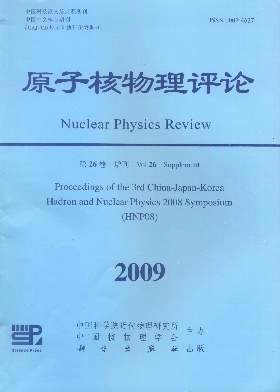Charmed Baryon in Diquark Model
doi: 10.11804/NuclPhysRev.26.S1.190
- Received Date: 1900-01-01
- Rev Recd Date: 1900-01-01
- Publish Date: 2020-05-11
-
Key words:
- charm /
- diquark /
- pentaquark
Abstract: A diquark model is used to investigate singlecharmed baryons. In this model, baryon is composed of two diquarks and an antiquark. Masses of lowest lying states with JP=1/2± are obtained. Baryons in our results are as heavy as other theoretic predictions and we suggest that the fivequark components should be considered in any threequark model for studying the charmed baryons.
| Citation: | WANG Qing-wu, ZHANG Peng-ming. Charmed Baryon in Diquark Model[J]. Nuclear Physics Review, 2009, 26(5): 190-193. doi: 10.11804/NuclPhysRev.26.S1.190 |






 甘公网安备 62010202000723号
甘公网安备 62010202000723号 DownLoad:
DownLoad: